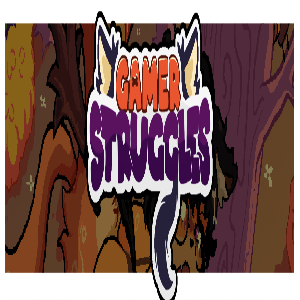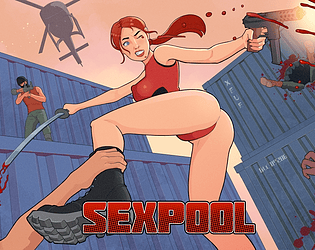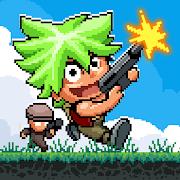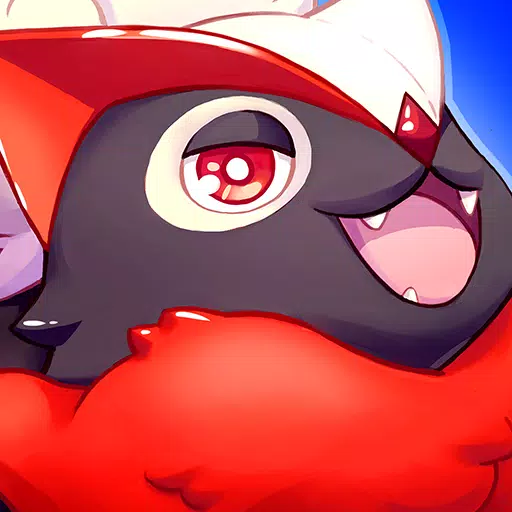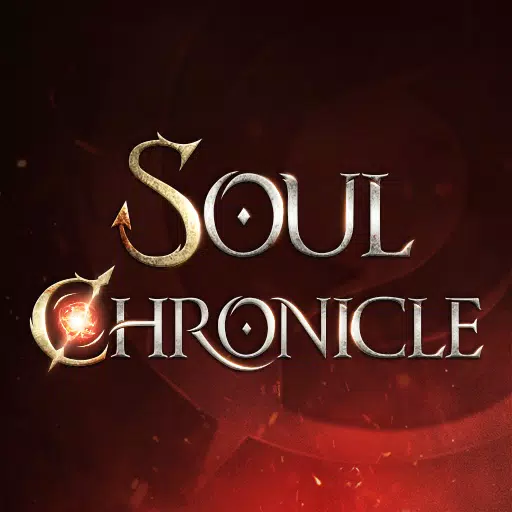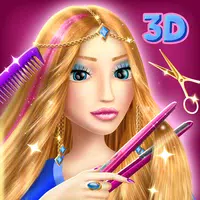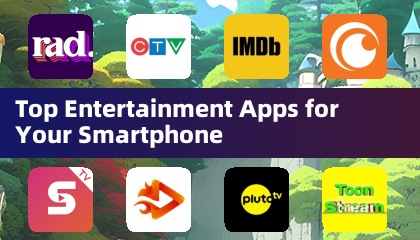Astro Bot fans are familiar with the beloved sponge power-up, but did you know that Team Asobi, the game's developers, also experimented with even more outlandish powers like a coffee grinder and a roulette wheel? This intriguing piece of trivia came to light during IGN's coverage of GDC 2025, where Team Asobi's studio director, Nicolas Doucet, delivered a comprehensive talk titled, "The Making of 'ASTRO BOT'". In his presentation, Doucet delved into the intricacies of developing the PlayStation mascot platformer, showcasing early prototypes and content that didn't make the final cut.
Doucet kicked off his talk by discussing the initial pitch for Astro Bot, which was crafted in May 2021, shortly after Team Asobi began its prototyping phase. He revealed that the pitch went through 23 revisions before being presented to top management. The pitch was uniquely presented as an adorable comic strip that highlighted the game's main features and activities, which evidently struck a chord and led to its approval.
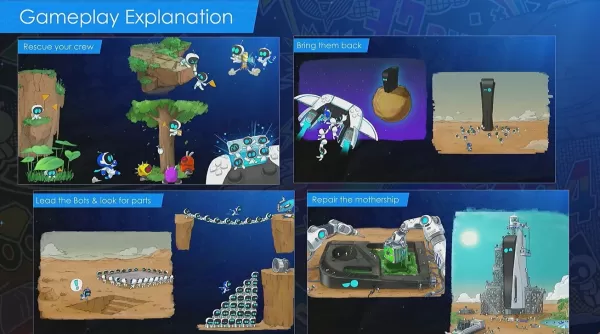
Doucet then explained the team's creative process, emphasizing the extensive brainstorming sessions. Team Asobi formed small, multidisciplinary groups of 5-6 individuals who contributed ideas on sticky notes, resulting in a vibrant brainstorming board. However, not all ideas progressed to prototyping; only about 10% were developed further. Doucet stressed the importance of prototyping, encouraging everyone on the team, including those outside the game design department, to experiment with their ideas. An example he shared was audio designers creating a theater within Astro Bot to test haptic controller vibrations synchronized with various sound effects.

The significance of prototyping was underscored by the fact that a few programmers were dedicated solely to exploring non-platforming concepts. This approach led to the creation of the sponge mechanic, which was prototyped to utilize the adaptive trigger and eventually incorporated into the game.
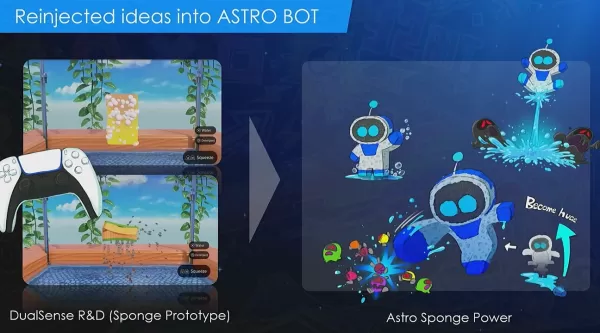
Doucet showcased various prototypes, some of which were integrated into the game, like the balloon and sponge, while others, such as a tennis game, a wind-up toy, a roulette wheel, and a coffee grinder, did not make the final cut.
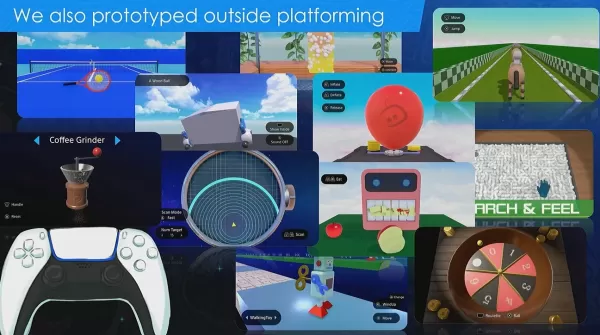
Doucet also discussed the level design process, emphasizing the goal of ensuring each level offered unique gameplay to avoid repetition. While the same power-up could be used across different levels, its implementation had to be distinct enough to maintain variety. He illustrated this with examples of levels that were cut due to too much similarity, such as a bird flight-themed level that reused the monkey power-up in a way too reminiscent of other existing levels.
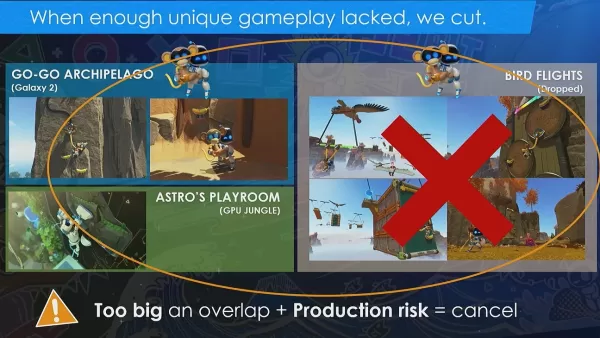
**Spoilers for the final scene of Astro Bot follow.**
In the game's final scene, players reassemble a broken Astro Bot with the help of other bots. Initially, the plan was to present players with a completely dismembered Astro Bot, but this was altered after feedback indicated it upset some players. The revised ending, which we see in the game, features a slightly more intact Astro Bot.
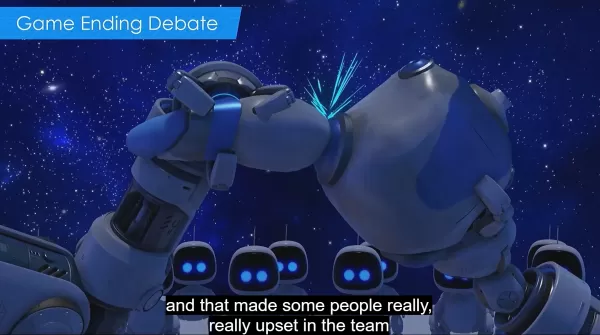
Doucet's talk was filled with fascinating insights into the development of Astro Bot, a game that IGN praised with a 9/10 score, describing it as "A fantastically inventive platformer in its own right, Astro Bot is particularly special for anyone with a place in their heart for PlayStation."


